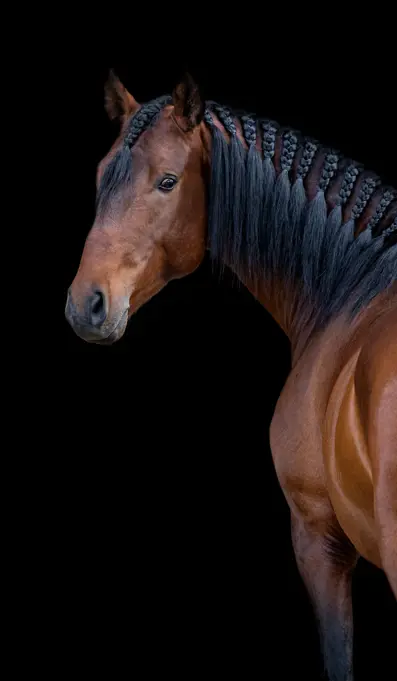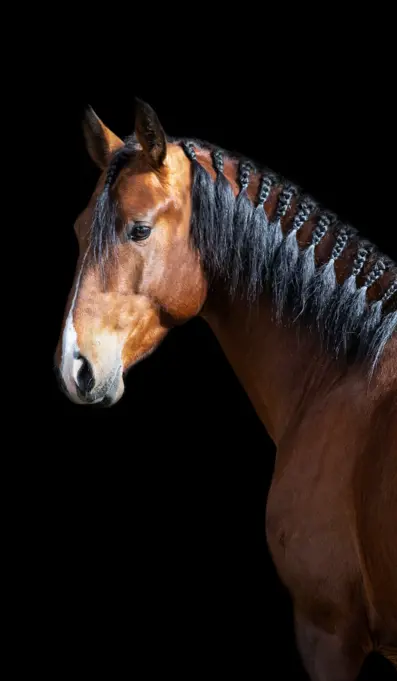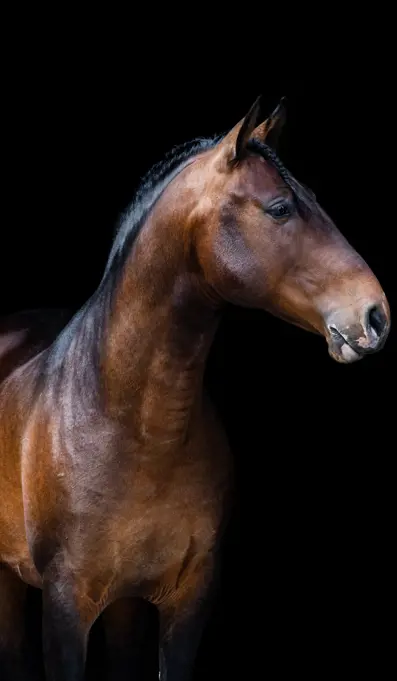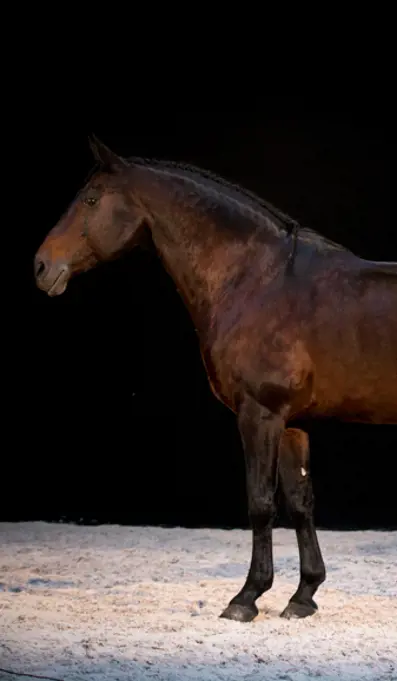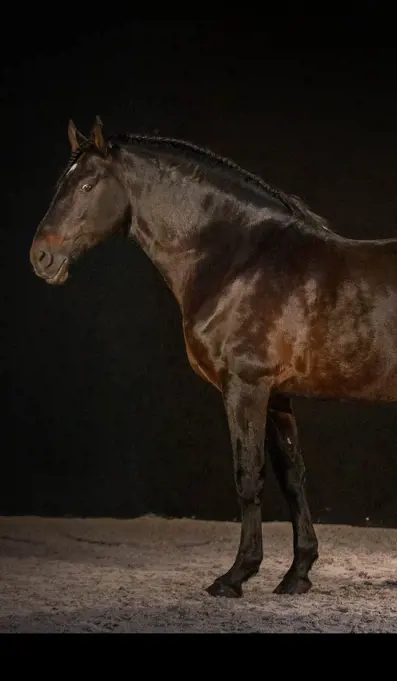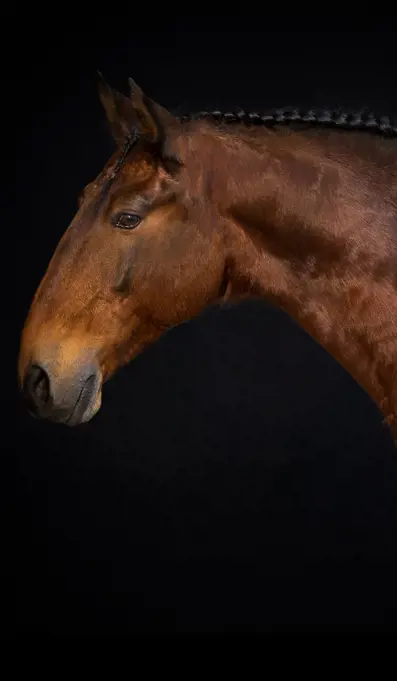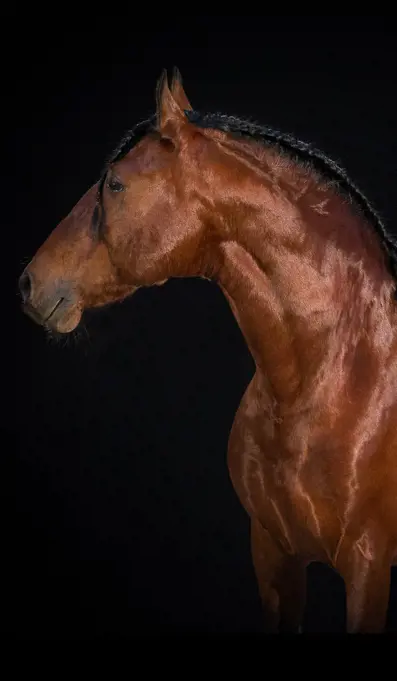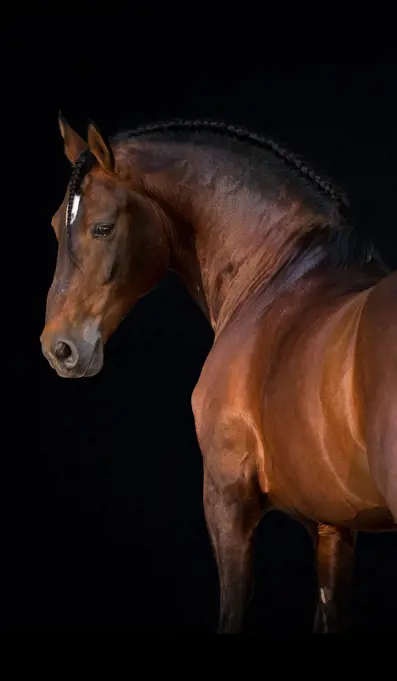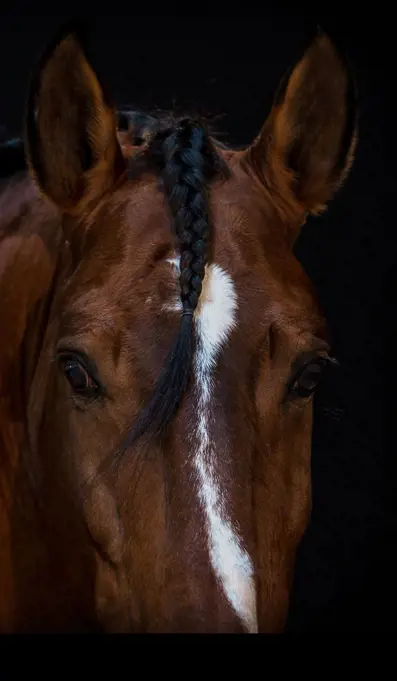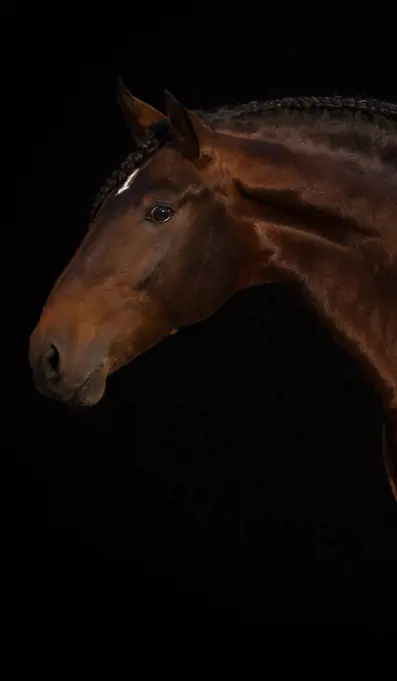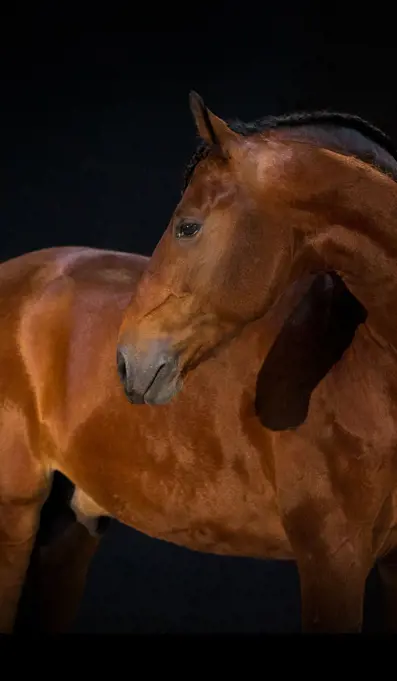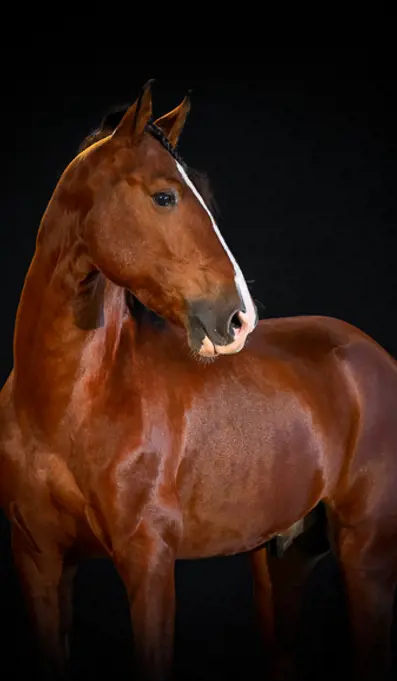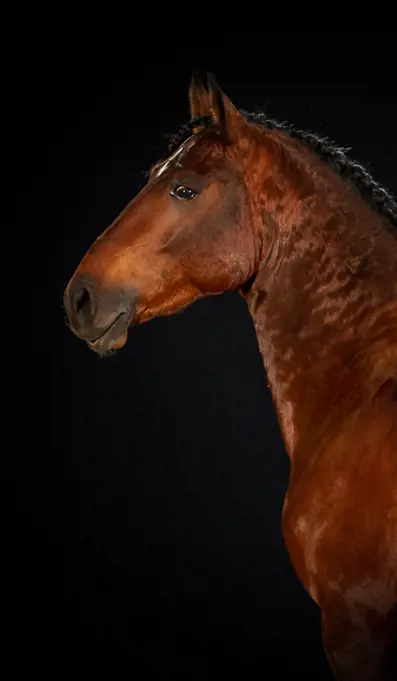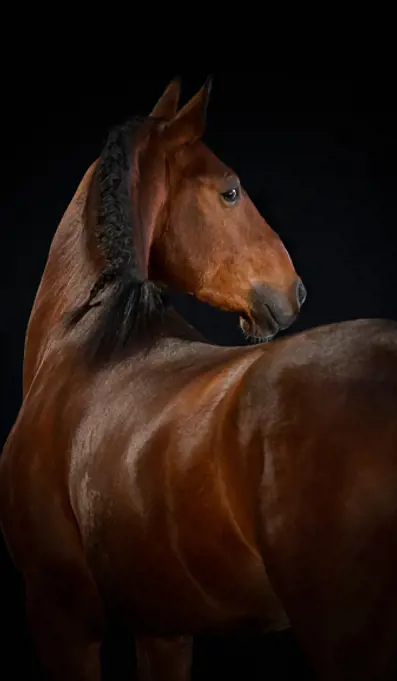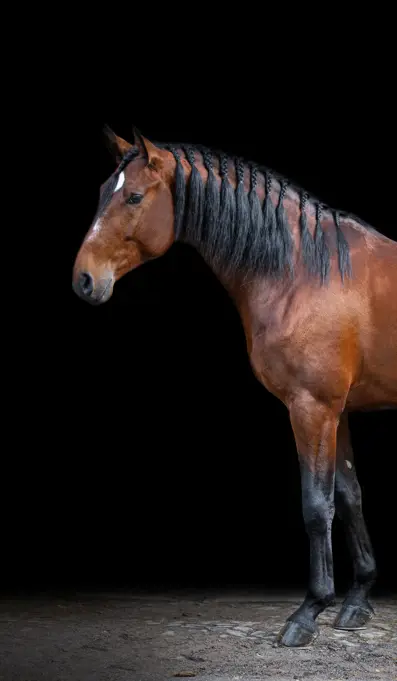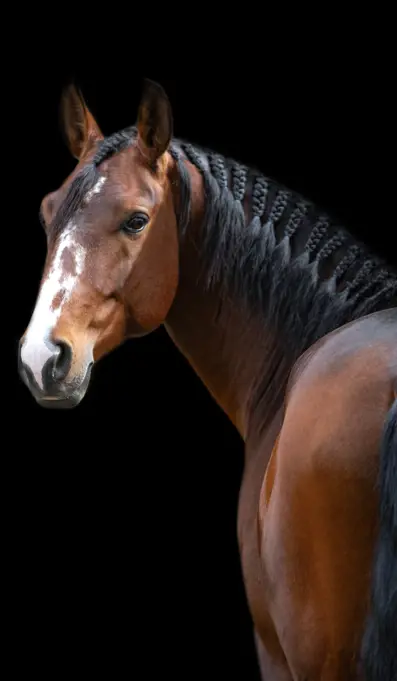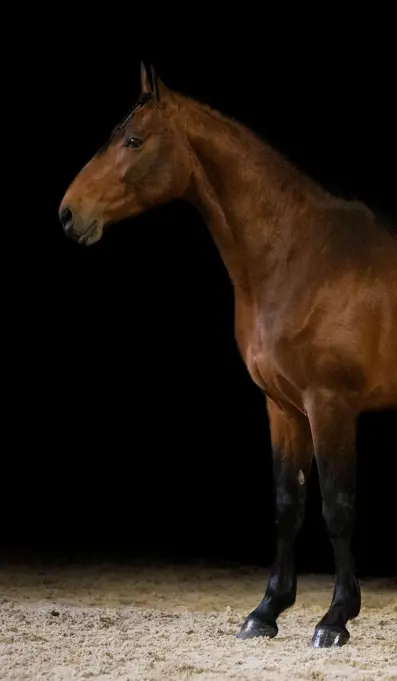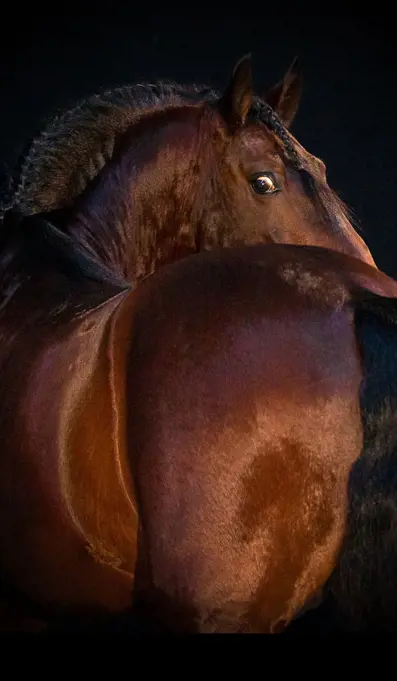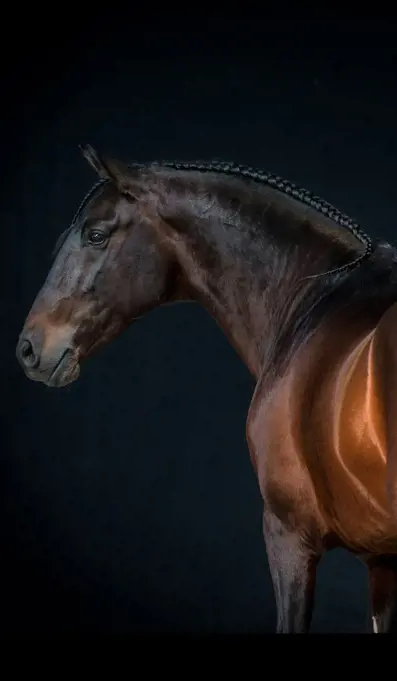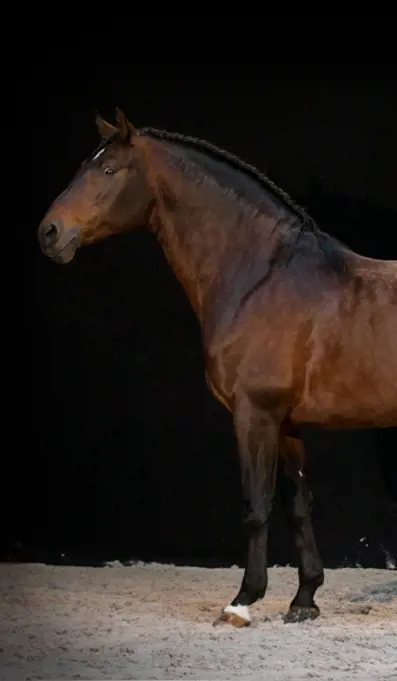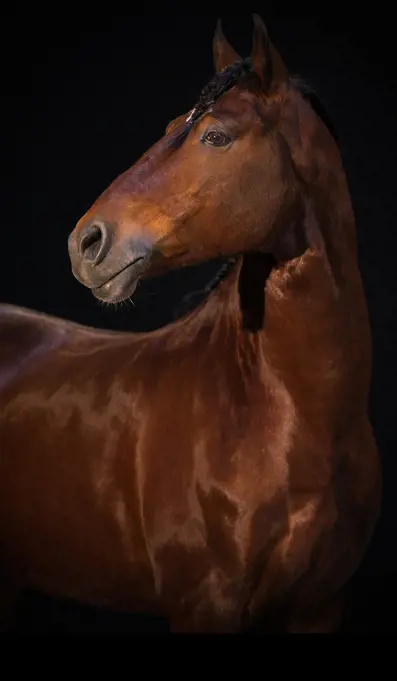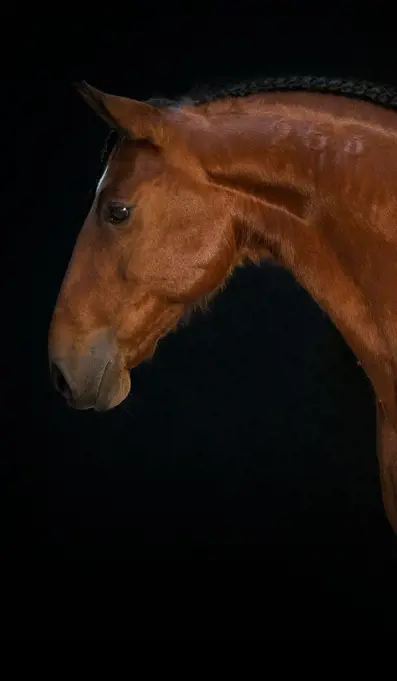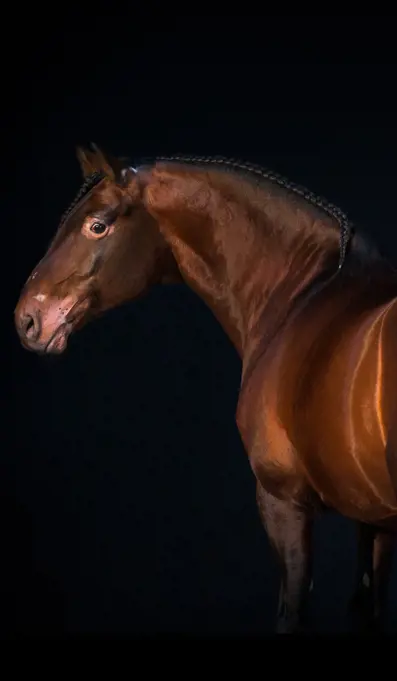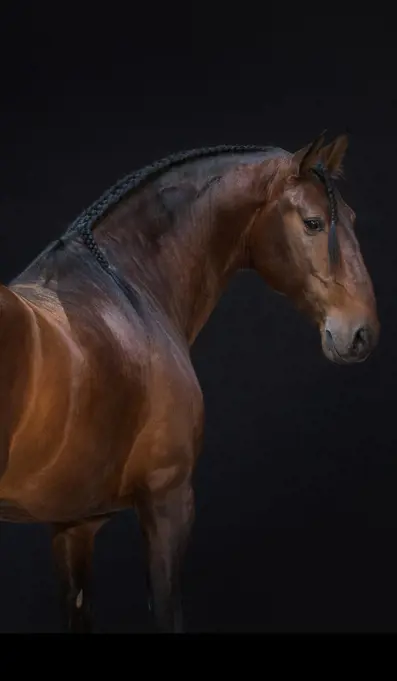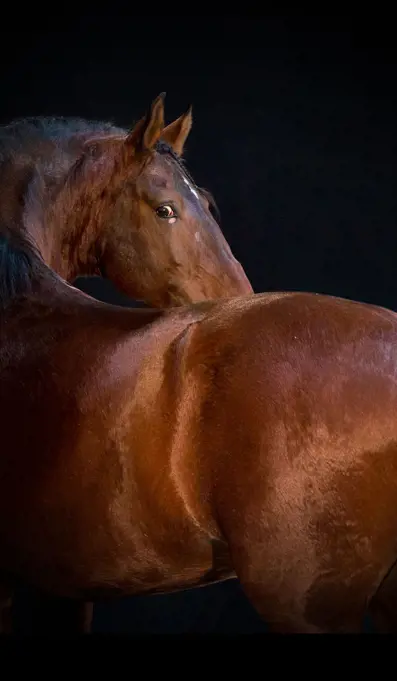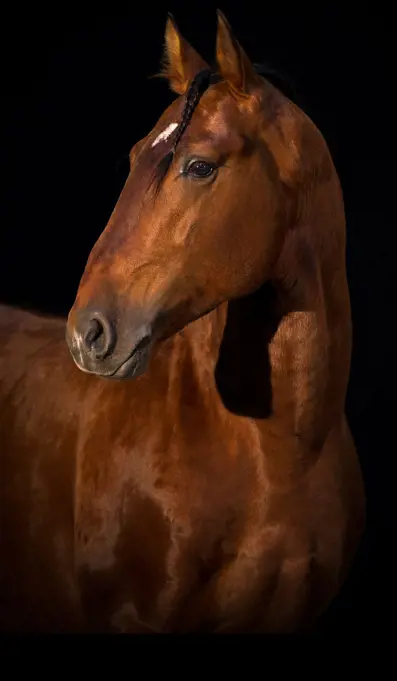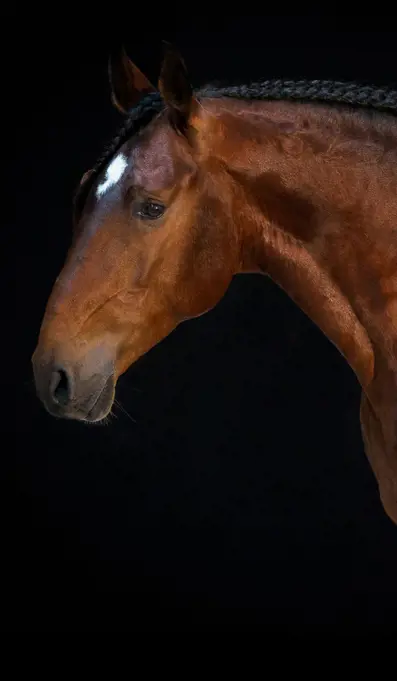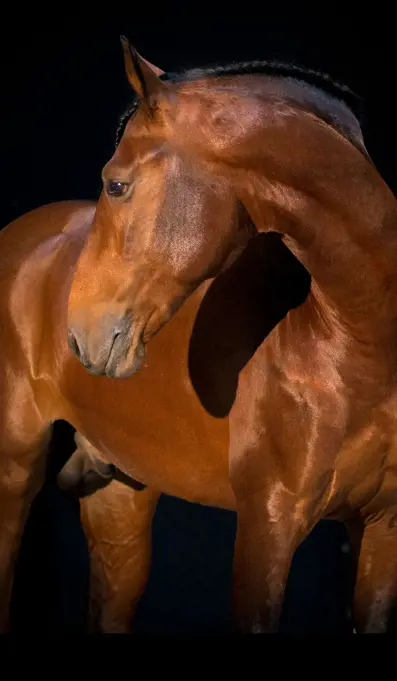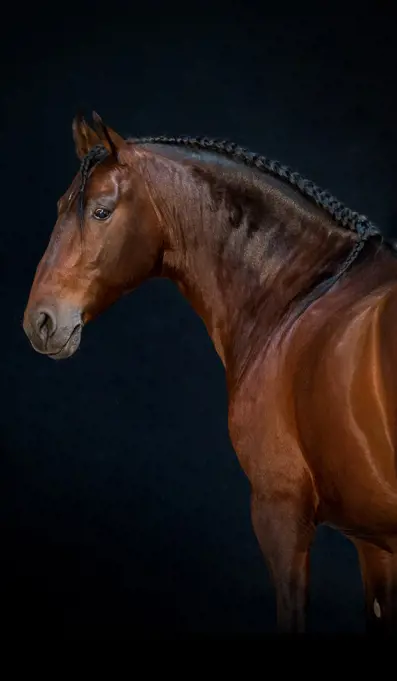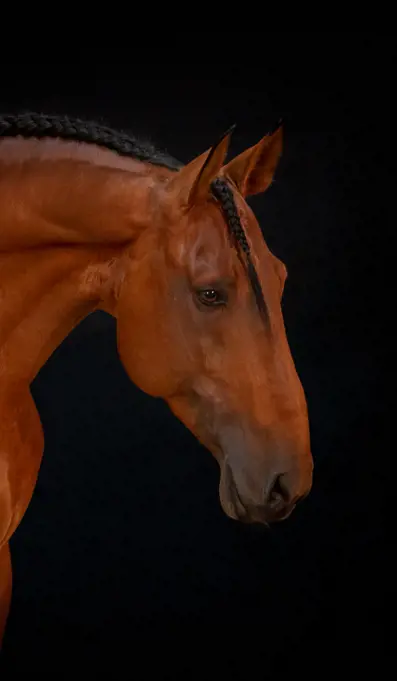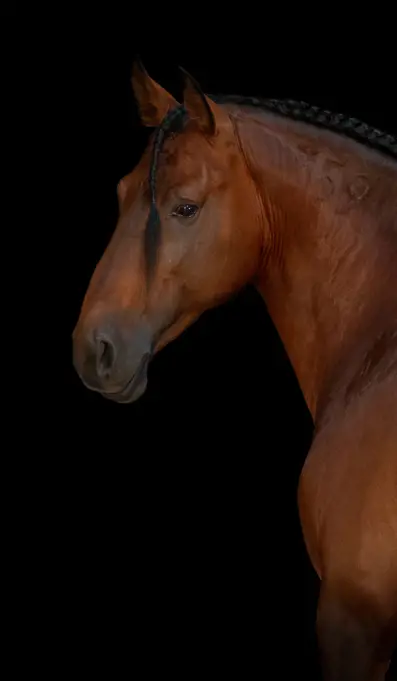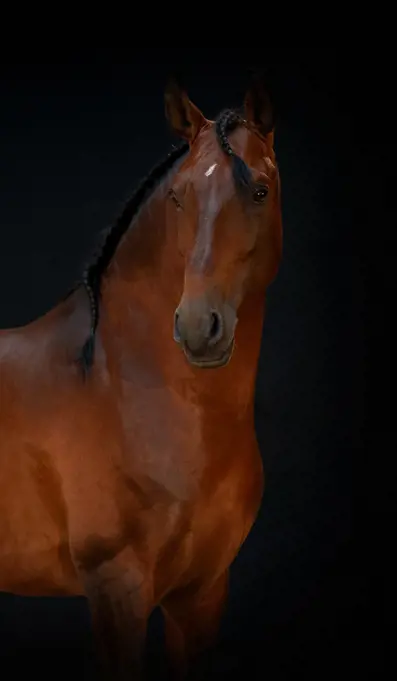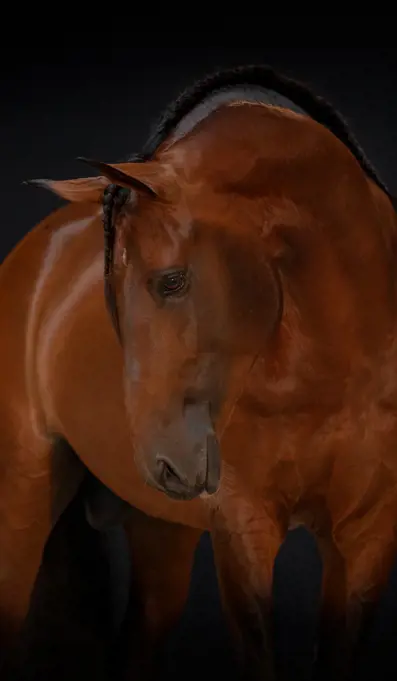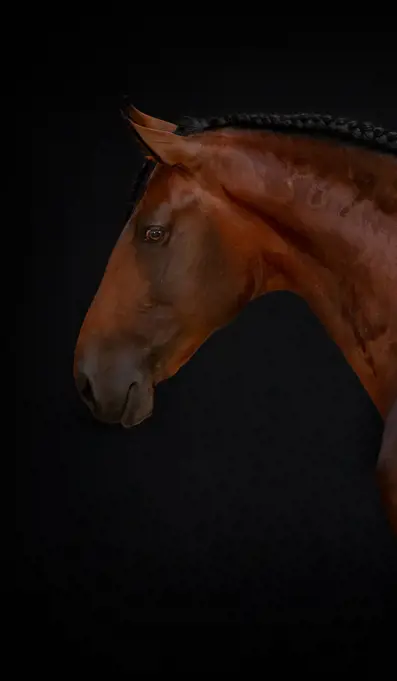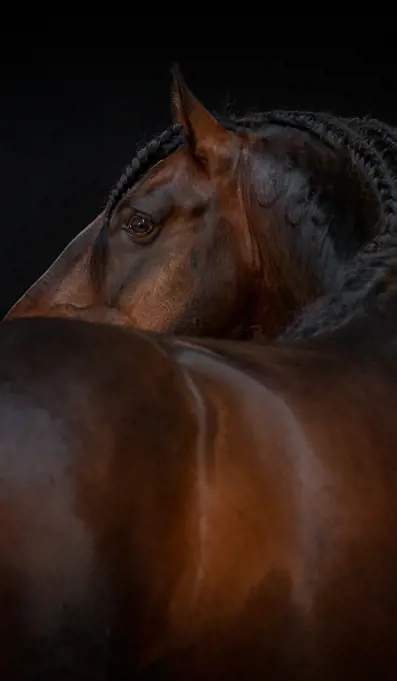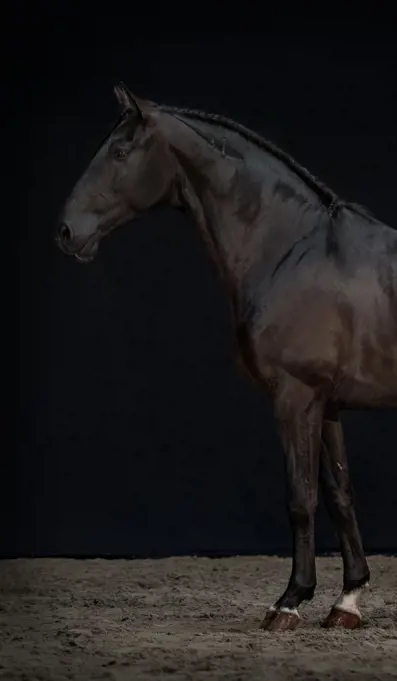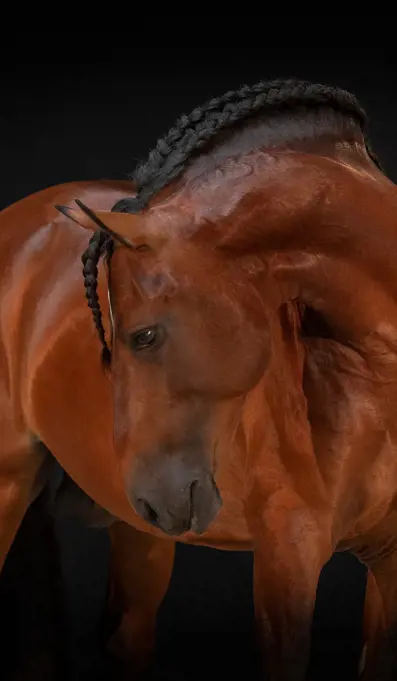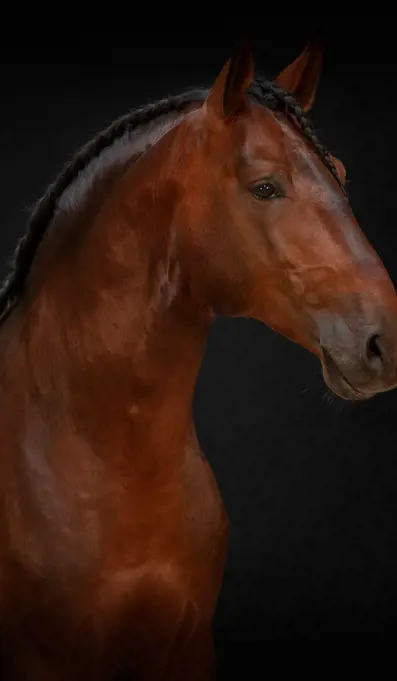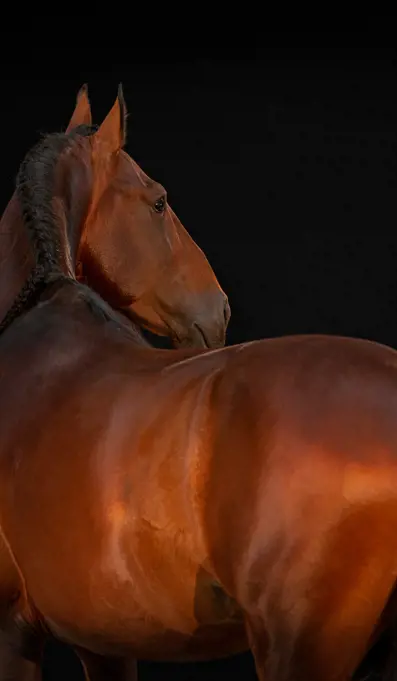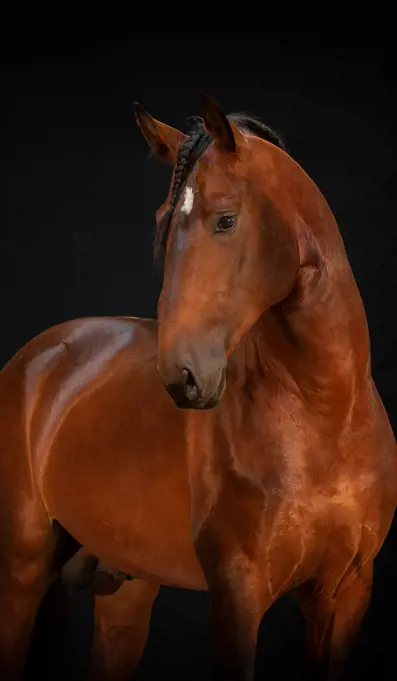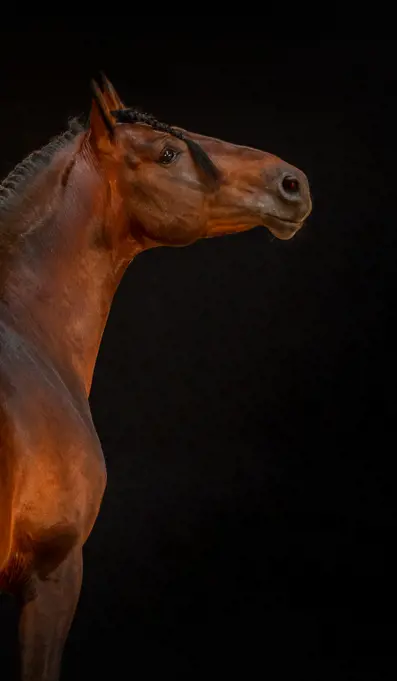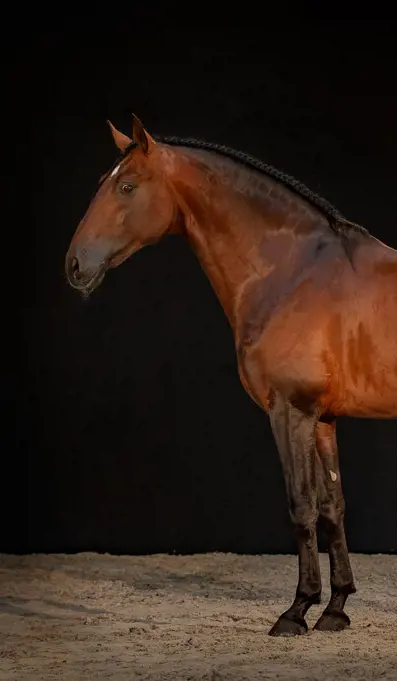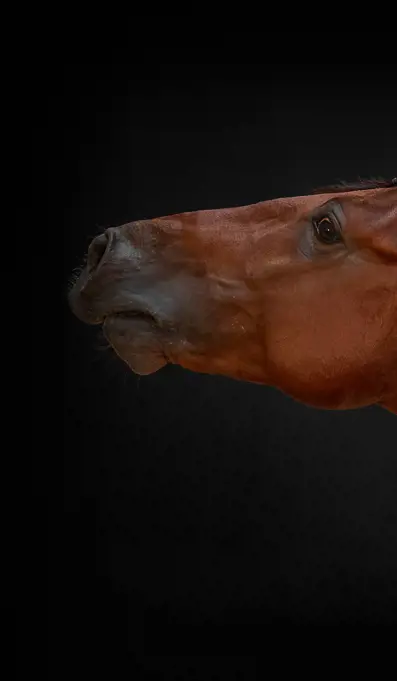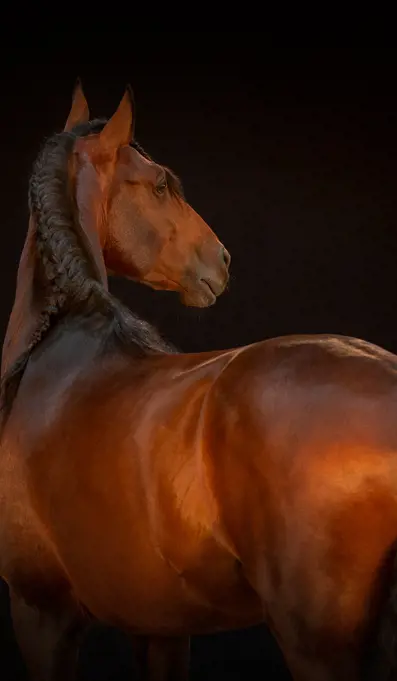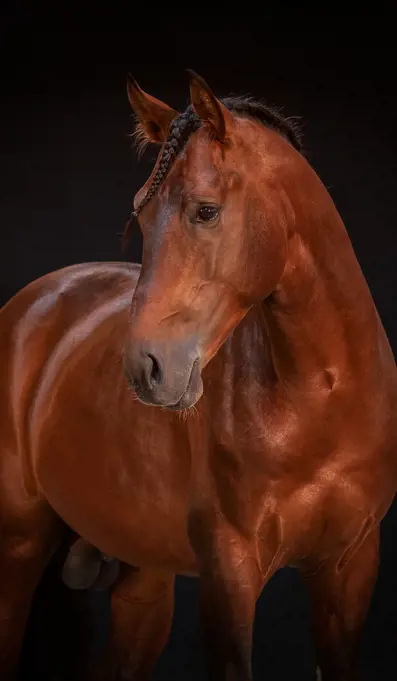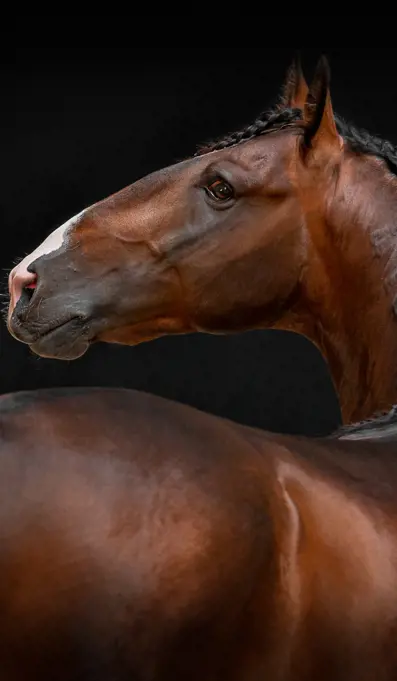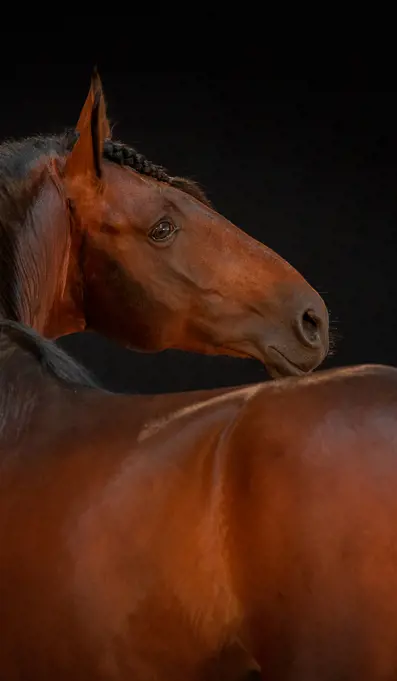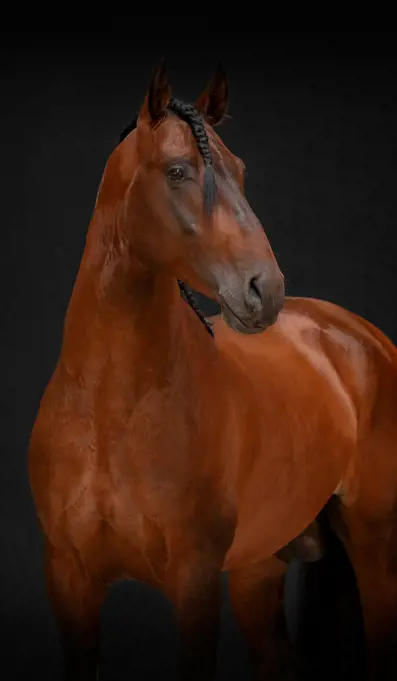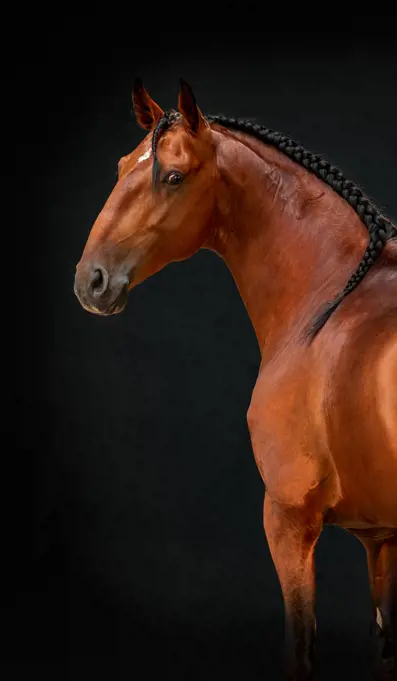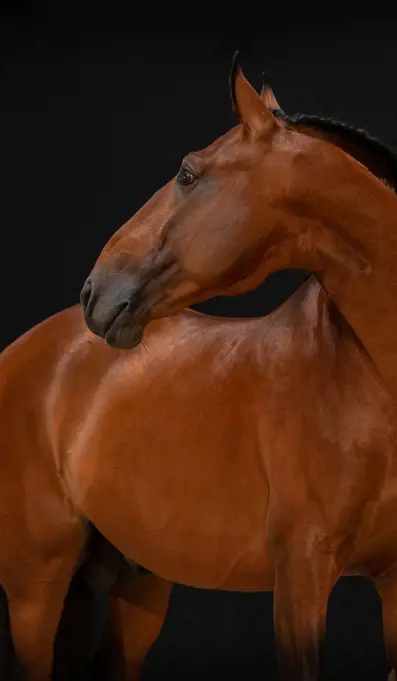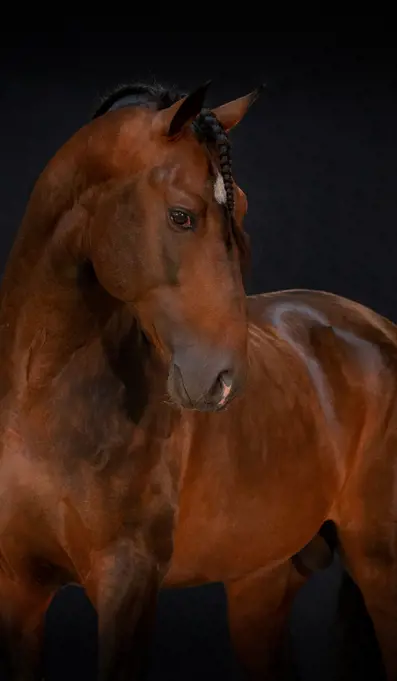Lusitano Horse
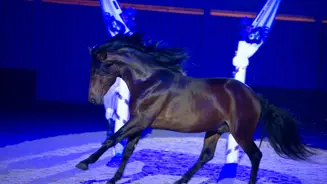
It is believed that horses survived the last glacial era in the south of the Iberian Peninsula, leaving the Lusitano horse as a direct descendent carried in the genes of both the Andalusian and Lusitano horses.
The southern Iberian Peninsula thus represents the birthplace for a breed of horse able to trace its origins back to pre-history. Still surviving cave paintings in this region also reflect how this was the site of the first saddled horse anywhere in the world. This breed still survives today and going by the name of Lusitano in Portugal.
The Iberian horse is capable of a millennia old riding style, entitled “à gineta”, distinguished by, among other aspects, its very short stirrups to endow the rider with great mobility and effectiveness in combat.
The brilliant Portuguese tradition, duly reflected in numerous treatises and a long history of renowned riders, experienced a golden period in the 18th century under the influence of Queen Maria Ana of Austria and Prince José (future King José I) and King João V who founded the Alter Royal Stud Farm in 1748. The farm, which continues its work on the very same site, underwent a revitalisation process in 1942, re-starting, based on some of the last surviving examples, the breeding of Lusitano horses in the “Alter Real” lineage.
Lusitano Horses are sought after as a mount for both sporting and leisure purposes due to their rare qualities of character and genetic antiquity and still remaining a horse of excellence for Equestrian Art and Bullfighting. However, in addition to the horses providing great pleasure as a mount for riding, the breed continues to surprise due to its multifunctional capacities and natural skill for Jumping, Teaching, Equestrian Work, Competitive Carriage Racing and even Dressage.
Ridden for over five thousand years, the Lusitano horse was the world’s first ever saddled horse!

